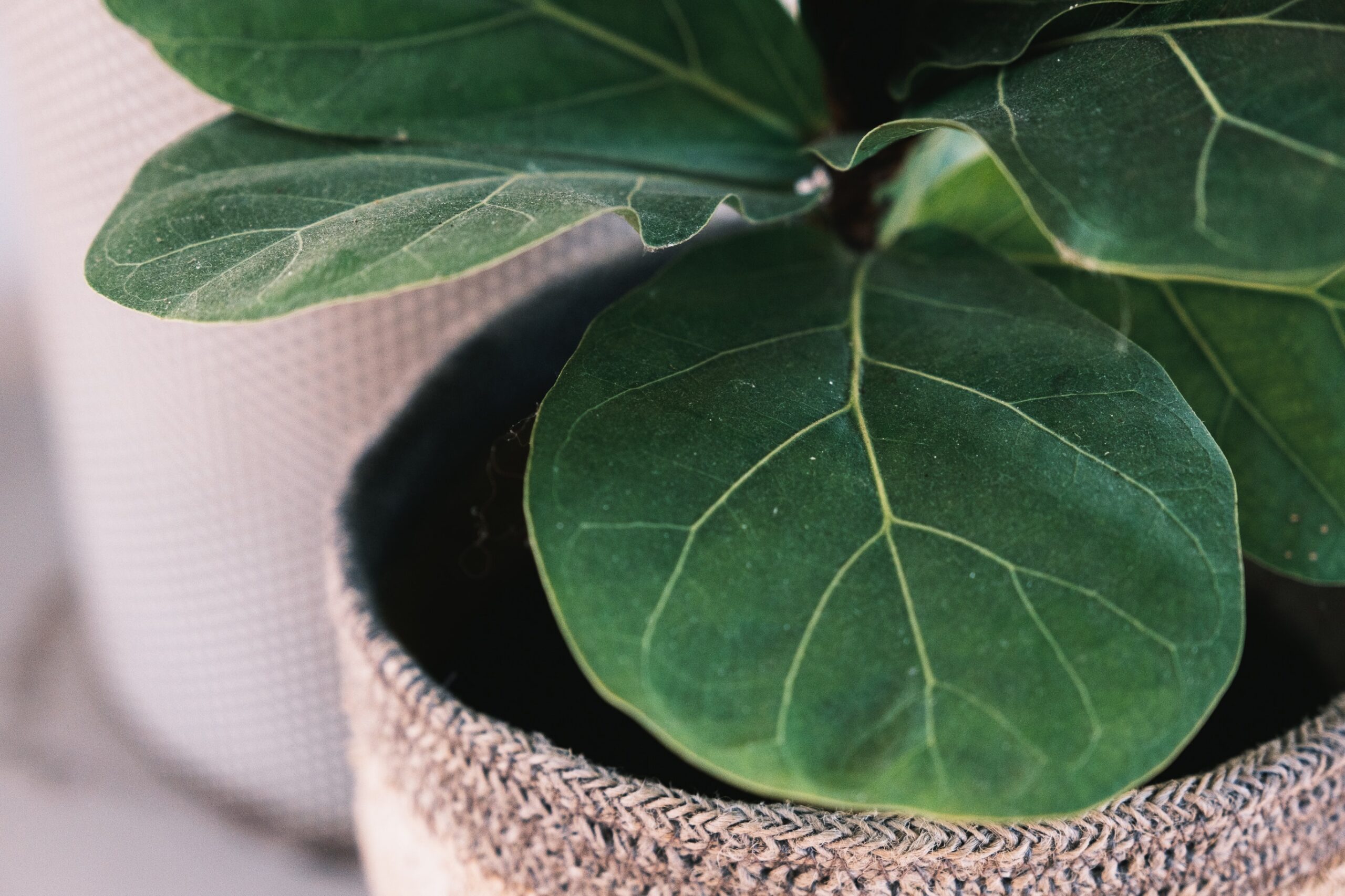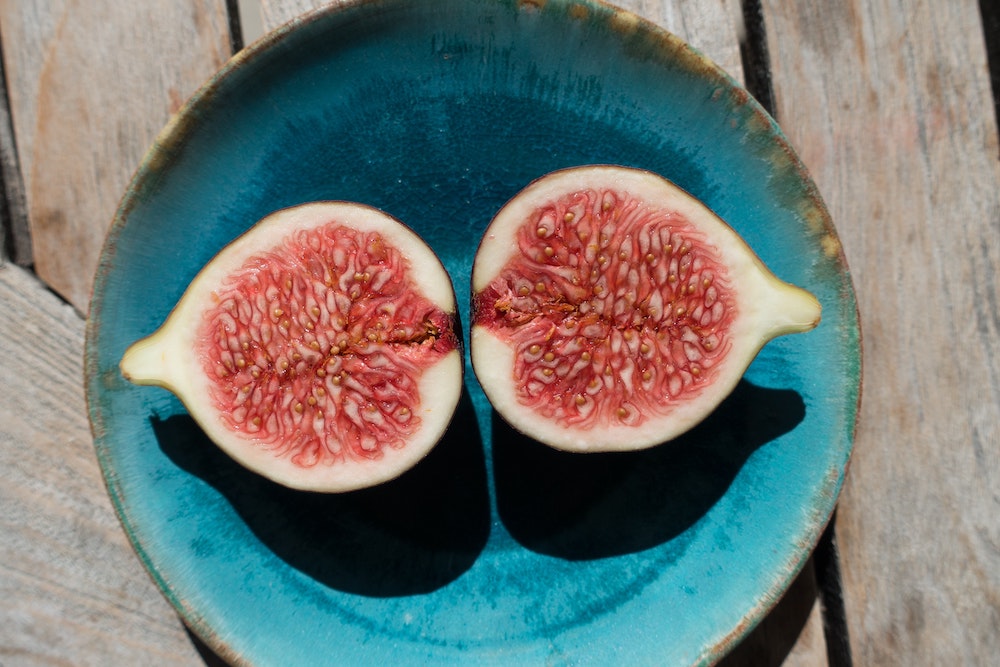Master the art of fiddle leaf fig tree care with our comprehensive guide – expert tips, tricks, and advice for optimal growth and health.
Fiddle leaf fig trees (Ficus lyrata) have gained tremendous popularity in recent years, becoming a must-have houseplant for plant enthusiasts and interior decorators alike. With their large, glossy leaves and elegant presence, these tropical beauties add a touch of natural elegance to any living space. However, proper care is crucial to ensure their health and longevity. In this comprehensive guide, we’ll delve into everything you need to know about fiddle leaf fig tree care, offering valuable tips, tricks, and expert advice to help you become a master at nurturing these stunning plants.
Choosing the Right Location
Finding the perfect spot for your fiddle leaf fig tree is essential for its well-being. Consider the following factors when selecting a location:
Light
Fiddle leaf figs thrive in bright, indirect light. Place them near a north or east-facing window where they can receive ample sunlight without being exposed to direct rays that can scorch their leaves.
Temperature
These plants prefer temperatures between 60-75°F (15-24°C). Avoid placing them near drafts or in areas with extreme temperature fluctuations.
Humidity
Fiddle leaf figs enjoy moderate to high humidity levels. Consider using a humidifier or placing a tray of water near the plant to increase humidity.
Soil and Potting
Choosing the right soil and potting technique is crucial for the overall health of your fiddle leaf fig tree. Here are some important considerations:
Soil
Opt for a well-draining potting mix that retains some moisture but allows excess water to flow through easily. A mixture of peat moss, perlite, and a small amount of sand works well.
Potting
Select a pot that is 2-4 inches larger in diameter than the current root ball to allow for growth. Ensure the pot has drainage holes to prevent waterlogging.
Watering
Proper watering is a vital aspect of fiddle leaf fig tree care. Follow these guidelines:
Consistency
Water your fiddle leaf fig when the top inch of soil feels dry to the touch. Avoid overwatering or letting the plant sit in standing water, as this can lead to root rot.
Amount
Water thoroughly until the water drains from the pot’s bottom. Discard any excess water to prevent waterlogging.
Frequency
The watering frequency may vary depending on factors such as humidity, temperature, and season. In general, aim for once a week but adjust as necessary.
Fertilizing
Fiddle leaf fig trees benefit from regular fertilization to support healthy growth and vibrant foliage. Consider the following tips:
Frequency
Feed your plant during the growing season (spring and summer) every 4-6 weeks. Reduce or stop fertilizing during the dormant period (fall and winter).
Fertilizer
Choose a balanced, water-soluble fertilizer specifically formulated for houseplants. Dilute it to half the recommended strength to avoid fertilizer burn.
Pruning and Maintenance
Pruning helps shape your fiddle leaf fig and keeps it healthy. Follow these suggestions:
Regular pruning
Trim away any damaged or yellowing leaves to maintain the plant’s overall appearance and health.
Leaf cleaning
Dust the leaves regularly with a soft, damp cloth to allow optimal light absorption.
Branch maintenance
If your plant becomes leggy or top-heavy, consider pruning the top portion to encourage branching and a bushier appearance.

Caring for a fiddle leaf fig tree can be a rewarding and enjoyable experience with the right knowledge and attention. By providing the ideal growing conditions, proper watering and fertilization, regular pruning, and addressing any issues promptly, you can ensure the health and beauty of your fiddle leaf fig.
Fiddle Leaf Fig Tree Care: Troubleshooting Common Issues
Even with the best care, fiddle leaf fig trees may encounter problems. Here are some common issues and troubleshooting tips:
Yellowing leaves
Yellowing leaves can indicate overwatering, underwatering, or nutrient deficiencies. Adjust your watering routine and ensure proper fertilization.
Brown spots or edges
Brown spots or edges can result from underwatering, low humidity, or exposure to direct sunlight. Adjust watering, increase humidity, and relocate the plant to a more suitable spot.
Leaf drop
Leaf drop can occur due to environmental changes, such as drafts, temperature fluctuations, or inadequate light. Ensure stable conditions and provide appropriate lighting.
Pests
Common pests that may affect fiddle leaf figs include spider mites, mealybugs, and scale insects. Regularly inspect your plant for signs of infestation and treat with organic pest control methods if necessary.
Root rot
Overwatering and poorly draining soil can lead to root rot. If you notice mushy or discolored roots, repot the plant in fresh, well-draining soil and adjust your watering habits.
Propagation
If you desire to expand your collection of fiddle leaf figs or share cuttings with friends, propagation is an exciting option. Follow these steps to propagate your plant successfully:
Select a healthy stem
Choose a stem with 2-3 healthy leaves and a node (where the leaf meets the stem).
Cut and prepare the stem
Make a clean, diagonal cut just below a leaf node. Remove the lower leaves, leaving only the topmost leaf intact.
Rooting medium
Dip the cut end in a rooting hormone (optional) and plant it in a well-draining potting mix. Keep the soil consistently moist and provide warmth and indirect light.
Patience
Be patient as rooting can take several weeks. Once roots develop, transfer the cutting to a larger pot and care for it as you would a mature fiddle leaf fig tree.
Caring for a fiddle leaf fig tree can be a rewarding and enjoyable experience with the right knowledge and attention. By providing the ideal growing conditions, proper watering and fertilization, regular pruning, and addressing any issues promptly, you can ensure the health and beauty of your fiddle leaf fig. Remember to be patient, as these plants may take time to acclimate and thrive in their environment. With this ultimate guide at your disposal, you are well-equipped to become a confident caretaker for your fiddle leaf fig tree. Enjoy the lush greenery and statement-making presence that these stunning plants bring to your home or office space.
- Google Analytics for Beginners: Guide to Mastering Analytics - July 28, 2023
- National SEO for Lawyers: Drive Nationwide Traffic for Your Firm - July 28, 2023
- The Power of Local SEO for Lawyers: Build Your Practice - July 28, 2023


